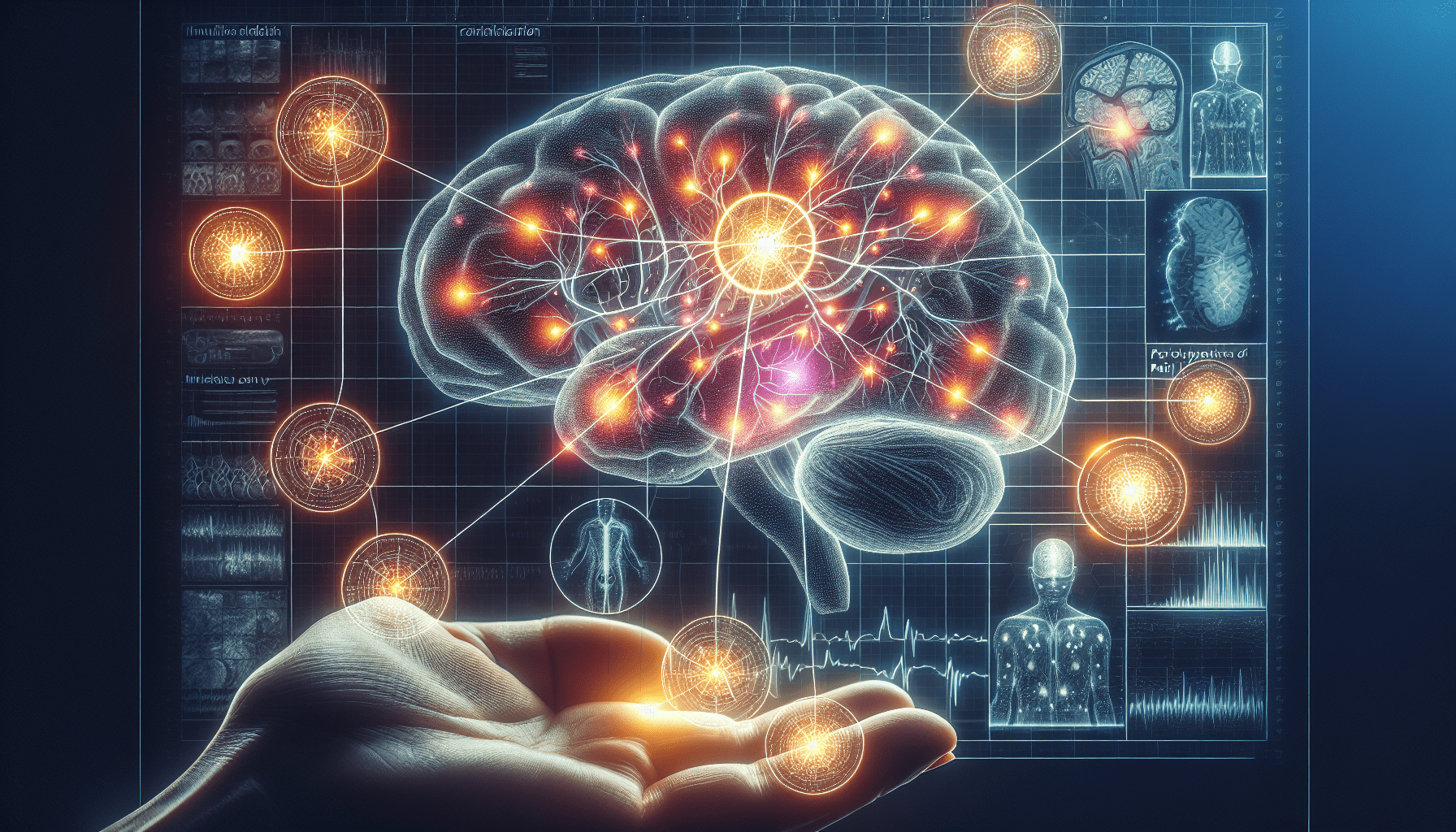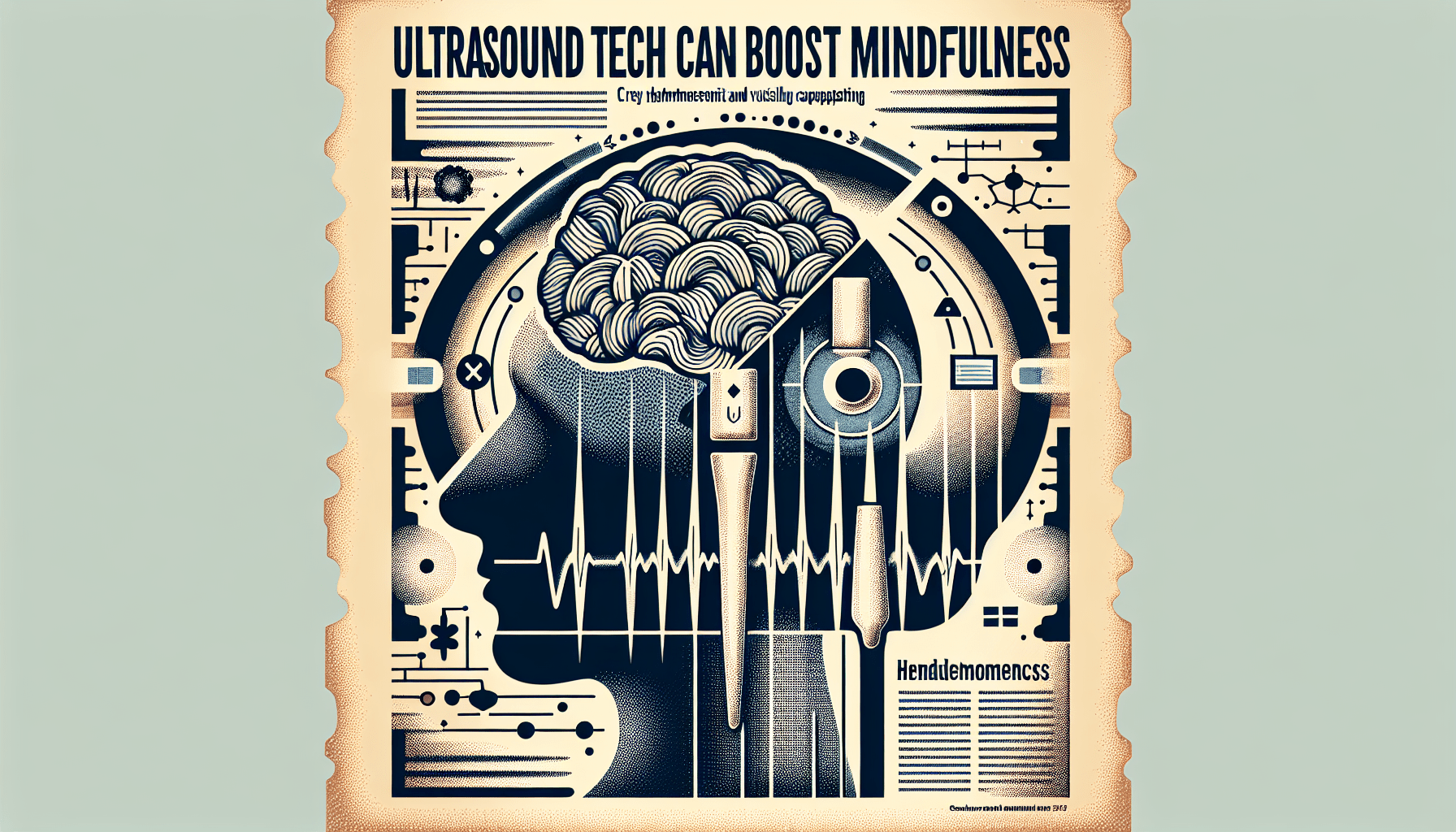Have you ever wondered if mindfulness meditation could actually ease your pain? The latest research confirms that it does, and the reasons go far beyond the placebo effect.
A Closer Look at Mindfulness Meditation and Pain Relief
The Ancient Practice of Mindfulness Meditation
Mindfulness meditation, an ancient practice rooted in various cultural traditions, centers on focusing your attention on the present moment. You’re encouraged to observe your thoughts and feelings without judgment. This can sound straightforward but diving deeper into the practice reveals its intricacies and impact on both mind and body.
The New Study: An Overview
The pivotal research conducted by Fadel Zeidan and his colleagues at the University of California, San Diego, sheds light on how mindfulness meditation affects pain perception differently than placebo treatments. Published on August 29, 2024, in the journal Biological Psychiatry, the study involved functional magnetic resonance imaging (fMRI) to observe brain activity in response to pain.
The Study Design and Experiments
The Participants
The study enlisted 115 healthy volunteers. These individuals were subjected to brief, painful stimuli and then engaged in one of four distinct interventions: guided mindfulness meditation, sham mindfulness meditation, placebo cream, or listening to an audiobook. By employing a rigorous experimental setup, the study aimed to isolate the specific mechanisms through which mindfulness meditation impacts pain perception.
Interventions Explored
The four interventions yielded different outcomes, as shown in the experiment’s results. The groups were divided as follows:
| Intervention Group | Description |
|---|---|
| Guided Mindfulness Meditation | Participants engaged in mindfulness meditation with the assistance of experienced instructors. |
| Sham Mindfulness Meditation | Participants practiced deep breathing without nonjudgmental engagement. |
| Placebo Cream | Petroleum jelly was applied on the leg, claimed to have pain-relieving effects. |
| Control (Listening to an Audiobook) | Participants simply listened to an audiobook. |
Pain Inducement and Measurement
A heated probe set to approximately 120 degrees Fahrenheit (49 degrees Celsius) was applied to the backs of participants’ legs. Pain levels were rated on a scale from 0 (“no pain”) to 10 (“worst pain imaginable”). fMRI scans were conducted to measure brain activity before and after the interventions.
The Science Behind Pain Perception
Brain Activity During Pain
Using fMRI, the researchers identified three major pain-related signatures of brain activity during the experiment: the Neurologic Pain Signature (NPS), the Negative Affective Pain Signature (NAPS), and the Stimulus Intensity Independent Pain Signature-1 (SIIPS-1).
Neurologic Pain Signature (NPS) and Mindfulness Meditation
The NPS tracks the sensory component of pain. The study found that mindfulness meditation significantly reduced activity in this region, suggesting a direct impact on how intensely pain is physically felt.
Negative Affective Pain Signature (NAPS) and Emotional Pain
NAPS is tied to the emotional experience of pain. Mindfulness meditation showed to significantly lower activity in this area as well, reducing the emotional burden of pain.
Stimulus Intensity Independent Pain Signature-1 (SIIPS-1) and Placebo
SIIPS-1 is associated with expectation and cognitive appraisal of pain. The placebo effect influenced this region, shaping how pain was perceived without directly altering the sensory or emotional processing of pain.
Distinguishing Placebo from Mindfulness Meditation
Placebo Effect: How It Works
The placebo effect hinges on the power of expectation. For instance, if you believe a cream will relieve pain, your brain may modify its perception of pain accordingly. However, this doesn’t necessarily change the underlying pain mechanisms.
Mindfulness Meditation: Unique Pathways
Unlike placebo treatments, mindfulness meditation activates distinct neural pathways that directly modulate both the sensory and emotional aspects of pain. This method shows promise not just for temporary pain relief but also for managing chronic pain by engaging more profound brain mechanisms.

The Implications of These Findings
Potential for Chronic Pain Management
Chronic pain affects millions worldwide, often leading to reduced quality of life. This study highlights mindfulness meditation as a viable, active therapy for chronic pain, distinct from mere placebo effects. Future research targets chronic pain sufferers to confirm long-term benefits.
Bridging Ancient Practices with Modern Science
These findings marry ancient mindfulness practices with cutting-edge neuroscience. Understanding how mindfulness meditation influences brain activity opens new doors for non-pharmacological pain management strategies that could complement or replace traditional treatments.
Related Insights into Pain and the Brain
Chronic Pain and Brain Circuits
Recent studies indicate potential for ‘short-circuiting’ brain signals to address chronic pain. This involves targeting errant neural pathways responsible for ongoing pain, offering hope for those with stubborn pain conditions.
Brain Cells During Sleep
Emerging research links dysfunctional brain activity during sleep to persistent pain. Insights from these findings suggest that managing sleep patterns could be another route to alleviating chronic pain.
Brain Stimulations and Hypnosis
Non-invasive techniques like electric pulses to the brain may improve susceptibility to hypnosis, another method that alters perception of pain. This growing field underscores the brain’s plasticity and its capacity for varied pain management strategies.
Moving Forward: Practical Applications
Incorporating Mindfulness into Daily Life
Given mindful meditation’s effectiveness in altering pain perception, incorporating it into your routine could yield significant benefits. Practicing simple techniques like controlled breathing and mindful observation can gradually build resilience against pain.
Combining Treatments for Holistic Approach
Mindfulness meditation could be part of a more holistic pain management strategy. Combining it with other treatments, such as physical therapy or cognitive-behavioral therapy, could provide comprehensive care tailored to individual needs.
Research and Continued Exploration
Ongoing research will further illuminate how mindfulness meditation can be optimized for managing various types of pain. Your participation in mindfulness practices not only benefits you but also contributes valuable data for ongoing scientific inquiry.
Final Thoughts
Understanding that mindfulness meditation doesn’t just act as a placebo, but engages specific neural pathways to reduce pain, is groundbreaking. As the science behind this ancient practice unfolds, you have more tools at your disposal to manage pain effectively. Whether dealing with acute sensations or chronic conditions, mindfulness meditation offers a promising avenue for relief.
This nuanced understanding bridges the gap between ancient wisdom and modern science, offering both immediate and long-term solutions to alleviate suffering. By integrating mindfulness into daily life, you can tap into a powerful, natural resource to enhance your well-being and quality of life.






